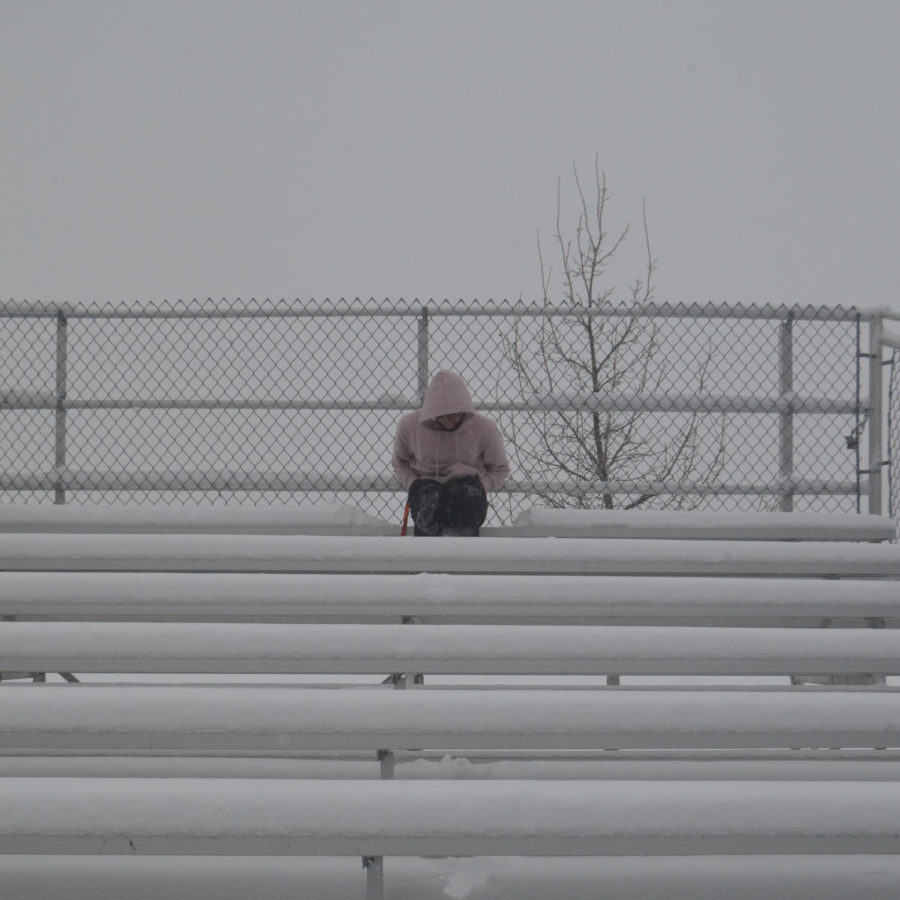SAD’s effects on students
Seasonal affective disorder, or SAD for short, is a type of condition in which your mood changes based on the season. SAD begins and ends around the same time every year. For most people symptoms of SAD begin in late fall months and continue getting worse and worse throughout winter and changing when spring hits. Seasonal affective disorder is less likely to occur in the spring and summer months due to a couple of reasons, such as daylight time and weather.
Symptoms can vary, but the most likely symptoms are feeling listlessness (the feeling of having no energy and enthusiasm and being unwilling to do anything needing effort), losing interest in fun activities, low energy, sleeping problems, and having difficulty concentrating.
Now that a little more information about SAD has been shown, let’s get into why winter seems to almost make depression worse or it starts to show for more people around this time. According to a researcher at the Mayo Clinic, “Schools will see a fall in grades and attendance around the winter season.” This is because loss of motivation normally occurs around the winter season, making its harder for students to engage in the learning process therefore making test and other assignments show lack of understanding.
This fall in grades and attendance can not be fully blamed on SAD, but MAYO clinic researchers do believe that seasonal affective disorder is the leading cause of the fall in grades and attendance. Around the winter season in most places the weather is a lot more cloudy and gloomy, this causes winter on-set. When you’re out and about in this weather your body tends to produce more melatonin throughout the body, which is the chemical that makes you feel sleepy. This is why in winter you tend to be more tired throughout the day. Your body also produces less serotonin, which is the chemical that affects your mood and attitude and is normally related to stress and anxiety. When the drop in serotonin happens, people will often take something called serotonin spray, which helps keep your serotonin levels high throughout the day to not cause more stress and anxiety.
If you have SAD, how can you treat it? Monica Lindsey at the SAMHSA (Substance abuse and mental health service administration) says the best way to treat SAD is to not close yourself out and always remember it is okay to ask for help. Remember that depression is not treatable unless someone knows about it, some of these people that can know are trusted adults like a parent or guardian, school counselor, personal therapist, and a doctor or psychologist, respectively. There’s a lot of ways seasonal affective disorder can be treated, especially when seeking professional help. One of the most common ways is with an antidepressant, which can help but doesn’t always work. The most foolproof way is with light therapy, light therapy is when a little box called a light box is put in front of you to stimulate exposure to sunlight. The last way seasonal affective disorder can be fixed is with regular therapy, which, depending on the person, effects can vary greatly.
Caleb Johnson, an Arvada West student recalled that, “I don’t know how to describe it but I can definitely feel a lack of energy and motivation during the winter season.” The effects are definitely there and it affects a lot of people today.
Seasonal depression is a real extremity that many people go through and experience, but the best way to treat it is to not close yourself off and always express how you feel to anyone you may feel comfortable with.



